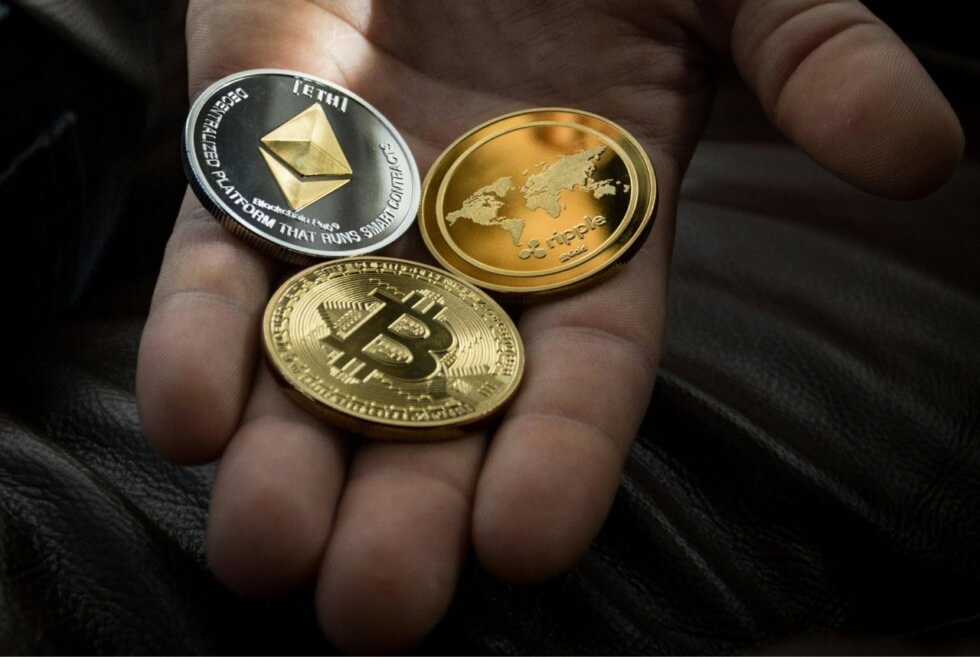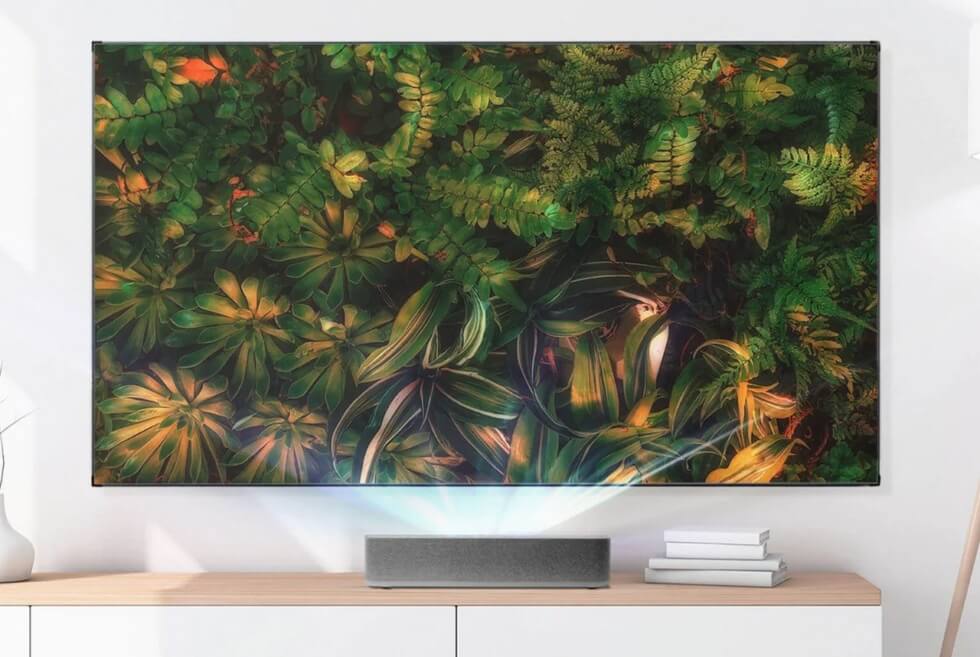It’s been barely three months since Apple gave us the iPhone 13 (in all its incarnations) and we’re a long way from seeing the iPhone 14 out in the world, but that hasn’t stopped the rumor mill from turning. And it’s exciting because there’s a lot of speculation that, since the iPhone 13 line wasn’t that much different from its predecessor, the iPhone 14 line could be vastly different. Like, a big redesign.
Of course, you should always take their rumors with a pinch of salt. After all, we learned this past year, specifically with the Apple Watch Series 7, which was supposed was supposed to have an all-new flat-edged design, that these rumors (even by well-known leakers and journalists) don’t always turn out to be correct.
But here’s what we think so far.
Will the iPhone 14 have a notch?
Apple introduced the notch on the iPhone X in 2017, as it was needed to house the various cameras and sensors for Face ID, and it has been ever-present fixture in every flagship iPhone since. Apple shrunk the the notch on iPhone 13 this past year, reducing it by about 20%, but it’s rumored that the iPhone 14 could abandon it completely. According to famed Apple leaker Jon Prosser, the iPhone 14 could replace the notch the hole-punch design that Samsung’s and Google’s flagship smartphones now already have. The end result: more usable screen real estate.
Will the iPhone 14 have a fingerprint reader?
It’s rumored that the iPhone 14 could have a new biometric unlocking method — specifically, an in-display fingerprint reader. This is a feature that has been added to a lot of flagship Android smartphones, including the Samsung Galaxy S21 and the Google Pixel 6, as it’s a great workaround for people wearing masks. Apple still integrates Touch ID in buttons, like the Home button on the entry-level iPad and latest iPhone SE, or in the power button of the iPad Air and iPad mini, and if these rumors true about the iPhone 14 the Apple would be integrating Touch ID into its iPhone displays for the first time. That said, respected Apple analyst Ming-Chi Kuo says that it could be another year before iPhones adopt this feature.
Will the iPhone 14 have a 120hz display?
The two iPhone 13 “Pro” models with the first (and only) iPhones to support ProMotion — or a 120Hz refresh rate — which makes scrolling more seamless, as well as playing games and watching content look just a bit more smooth. But the iPhone 13 and iPhone 13 mini still have the slower 60Hz display, which what all the last previous iPhones have also had. According to The Elec, a Korean technology website, it’s rumored that Apple could bring this fast display technology to more iPhone models. The default refresh rate will likely be 120Hz on the “non Pro” iPhone 14 models, but you’ll have the option to turn ProMotion on if you choose.
Will there be an iPhone 14 mini? An iPhone 14 Max?
It’s been well documented that the iPhone 12 mini and the iPhone 13 mini — the two small iPhone that have recently been released — haven’t sold as well as anticipated, even though they’ve been widely praised by reviewers. This has led many to think that Apple kill the iPhone 14 mini. Apple would still have four iPhone models, however, but instead of the iPhone 14 mini Apple could make a larger version of the iPhone 14, which rumors suggest could be called the iPhone 14 Max. This would be essentially be the same size the iPhone 14 Pro Max, but without the fancy camera.
Will the iPhone 14 have a Lightning port?
Most likely, yes. It’s pretty clear that Apple is going to lean heavily on its MagSafe wireless charging system, which with the iPhone 12 line, going forward. Because it’s been so successful, there have been rumors suggesting that Apple could ditch the charging port completely — yes, a port-less iPhone — and relay solely on wireless charging, but this still feels like a few years too soon.
What could escalate this plan, however, is the recent news that the European Union wants universal charger for all smartphones, meaning that Apple would have to get rid of its Lightning port because no other smartphones (other than Apple’s) use it. Apple isn’t likely to conform to a USB-C charging port, especially so soon as it has many accessories and products that still use its Lightning port. My gut says that we’re more likely to see a portless iPhone than an iPhone with a USB-C charging port. But only time will tell.
This content is created and maintained by a third party, and imported onto this page to help users provide their email addresses. You may be able to find more information about this and similar content at piano.io



